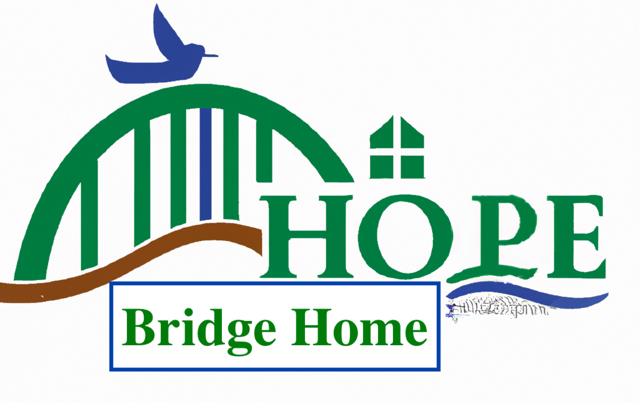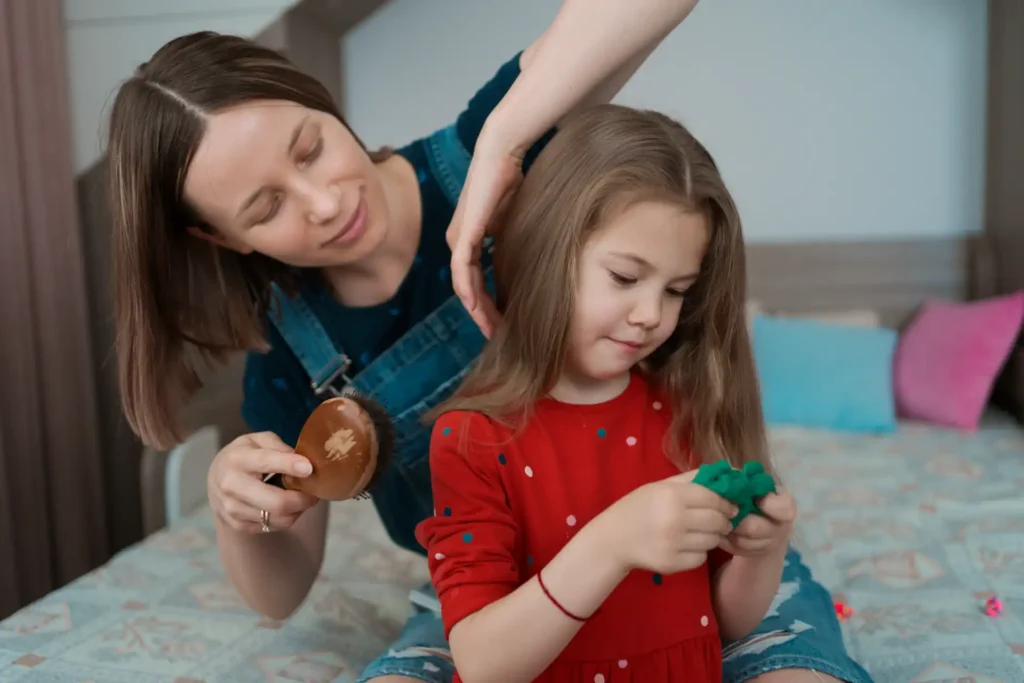By Reina Acosta, LCCA
Play is the language of childhood. It is through play that children explore the world around them, learn social skills, express emotions, and develop their sense of self. However, for children who have experienced trauma, the innocent joy of play can often be overshadowed by fear, anxiety, or emotional dysregulation. At Hope Bridge Home, we recognize that play is more than just a pastime; it is a powerful therapeutic tool that can promote healing and emotional development in children. Recreational therapy offers structured, purposeful play as a means of supporting children’s mental, emotional, and physical well-being.
The Power of Play: A Window into the Child’s World
Trauma can deeply affect how children interact with others and engage in daily activities. They may struggle with trust, be easily overwhelmed by emotions, or withdraw from social interactions altogether. Traditional talk therapy is not always sufficient for young children, particularly those who have difficulty articulating their emotions or experiences.
This is where recreational therapy—also known as therapeutic play—comes into the picture. Recreational therapy allows children to express themselves in a non-verbal, safe, and controlled environment. Structured play can help children work through complex emotions, build social skills, and even rewire negative patterns of thinking.
As an LCCA (Licensed Child Care Administrator), I’ve seen firsthand how recreational therapy acts as a bridge to help children who are often hesitant to open up in traditional therapeutic settings. When children engage in play, their defenses come down, making it easier for them to process trauma, connect with others, and build a healthier sense of self.
How Structured Play Promotes Healing
Recreational therapy is not just about letting children “play” in the traditional sense; it involves purposeful, structured activities designed to meet specific therapeutic goals. These activities are often led by licensed professionals who use play as a medium to encourage emotional and psychological growth. At Hope Bridge Home, we integrate recreational therapy into the daily lives of the children we serve to help them overcome their challenges in a holistic way.
1. Emotional Regulation Through Play
Children who have experienced trauma often struggle with regulating their emotions. They may react with anger, anxiety, or withdrawal in situations that remind them of their trauma. Structured play provides a safe environment where children can express their emotions without fear of judgment or consequence.
Example: Through activities such as sand tray therapy or creative arts, children are able to externalize their feelings in a visual or tactile way. This helps them understand their emotions better and gives the therapist an opportunity to help the child identify and regulate their responses.
Research Support: According to a study by the American Journal of Play (2021), structured play therapy has been shown to improve emotional regulation in children, particularly those who have experienced early trauma. By channeling emotions into activities, children learn how to manage intense feelings in healthier ways.
2. Building Trust and Social Connections
One of the most significant impacts of trauma is the damage it causes to a child’s ability to trust others. Recreational therapy helps children rebuild these crucial social connections. Group activities encourage teamwork, cooperation, and shared goals, allowing children to form bonds with their peers and caregivers in a non-threatening, supportive environment.
Example: Games like trust exercises, team sports, or cooperative play encourage children to rely on others, which helps rebuild their sense of trust. Through these activities, children learn that relationships can be safe and nurturing.
3. Physical Healing and Expression
For children who have experienced physical or emotional abuse, their bodies may hold tension and stress that they are unable to release. Movement-based therapies—like dance, yoga, or outdoor activities—offer a way for children to release pent-up energy, reconnect with their bodies, and experience physical healing.
Example: A simple game of outdoor obstacle courses can not only improve physical coordination but also provide opportunities for children to face and overcome challenges in a controlled environment. These activities build resilience and a sense of accomplishment, which is vital for traumatized children who often feel powerless in other areas of their lives.
Research Support: Studies published by the Journal of Therapeutic Recreation (2020) indicate that physical play activities reduce symptoms of depression and anxiety in children exposed to trauma. The study also noted improvements in the children’s self-esteem and body awareness.
Realistic Steps to Implement Recreational Therapy
If you’re considering incorporating recreational therapy into your child care program or treatment plan, here are practical steps to help children thrive through play:
1. Create a Safe, Structured Environment
Traumatized children need a structured environment where they feel safe and secure. Set clear expectations and boundaries for play activities to provide a sense of predictability. Ensure that the environment is physically safe and emotionally supportive, with trained professionals guiding the process.
2. Integrate Play with Therapy Goals
Play should be purposeful. Work with licensed recreational therapists to identify specific therapeutic goals for each child. Whether it’s building self-esteem, improving social skills, or processing trauma, recreational activities should align with the child’s individual needs.
3. Incorporate a Variety of Activities
Children respond differently to various forms of play. Some may thrive in physical activities like sports or dance, while others may benefit from more creative outlets like art therapy or role-playing games. Offering a variety of options ensures that each child finds a form of play that resonates with them.
4. Engage Parents and Caregivers
Caregivers are vital partners in a child’s therapeutic journey. Encourage parents to participate in some of the recreational activities or integrate elements of play therapy into their home life. Play is a powerful tool for bonding and can help repair strained relationships between children and caregivers.
5. Measure Progress and Adjust
Like any therapy, recreational therapy requires ongoing assessment. Regularly review the child’s progress with their therapist to determine which activities are effective and where adjustments are needed. Celebrate small victories, and be flexible in modifying the program based on the child’s evolving needs.
Conclusion: Healing Beyond Words
At Hope Bridge Home, we believe that play is a powerful vehicle for healing, especially for children whose trauma has limited their ability to express themselves verbally. Recreational therapy offers a holistic approach to treatment that allows children to grow emotionally, socially, and physically, helping them rebuild their lives after trauma.
By providing structured play in a supportive, therapeutic environment, we give children the tools they need to not only cope with their past but also embrace a brighter, more hopeful future. Play is more than just fun—it is a pathway to healing, growth, and ultimately, resilience.
References:
American Journal of Play (2021). The Role of Play Therapy in Emotional Regulation.
Journal of Therapeutic Recreation (2020). Healing Through Play: The Benefits of Physical and Recreational Therapy in Trauma Treatment.


